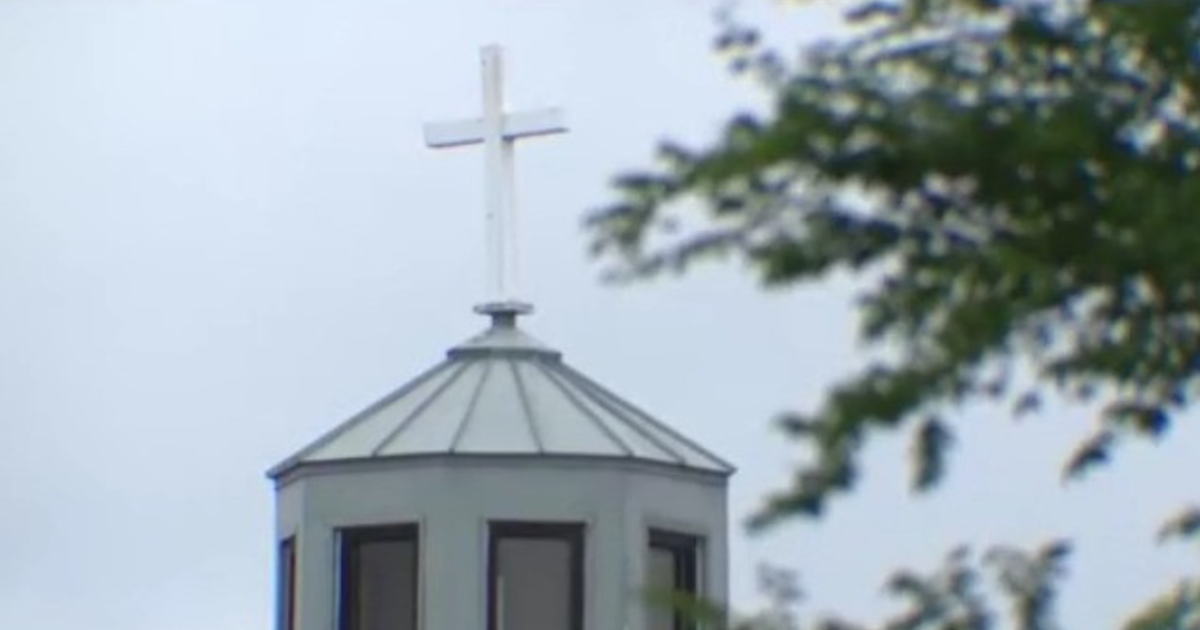Research Finds Fire Ants Harming Prairie Chickens
HOUSTON (AP) - Trapping voracious fire ants accidentally imported in a ship's ballast to the United States in the 1930s has helped the recovery of an endangered prairie chicken in Texas and could help other wildlife, according to research released Thursday.
Red imported fire ants have damaged agriculture, soil and wildlife in the southeastern United States, costing the Texas economy alone about $1.2 billion annually. The new research conducted by the U.S. Fish and Wildlife Service indicates that by laying traps to kill fire ants, some of the damage can be prevented.
In Texas, the fire ants have largely consumed insects that are the main food source for baby Attwater Prairie Chickens, said Terry Rossignol, manager of the Attwater Prairie Chicken National Wildlife Refuge.
In 2009, the wildlife service, in partnership with the Texas Parks and Wildlife Department and two private nonprofits, pinpointed a 760-acre area of the refuge to treat for fire ants. The area was selected after researchers conducted a "hot dog" test, which entails throwing a piece of hot dog on the ground and timing how long it takes the ants to cover the meat. If it takes less than an hour, the area is fully infested.
After researchers laid the fire ant traps, their findings were surprising. Areas with traps had two times more insects and about twice the variety compared to those without, Rossignol said.
Better yet, survival of Attwater chicks also increased. By 2010, the survival rate was comparable to a historic brood of chicks, and in 2011, researchers counted 82 birds on the refuge, the most since 1990, Rossignol said.
The study marked the first time the ants had been trapped as part of an effort to help an endangered species.
"If the control of fire ants to increase the insect population is what it takes in order for the chicks to survive, then it would be one of the biggest breakthroughs in the recovery of the species," Rossingol said, adding, "But we are aware of the fact that this is a grander scale issue that is not only affecting the Attwater prairie chicken, but other wildlife, bobwhite quail, white tail deer, frogs and toads."
Just 125 years ago, nearly 1 million Attwater chickens roamed Texas' vast prairies and plains. A year ago, 110 birds were counted statewide -- a huge drop from the species' peak, but a 150 percent increase from 2007 when there were just 44.
The chickens have been an endangered species since 1973, when the first list was published, and until now, researchers had not found an effective way to increase their numbers.
"At this time, this seems to be the major impediment to the recovery of the species. Not to say there's nothing else out there in cahoots with the fire ants, but the fire ants do seem to be the issue in the recovery of the Attwater prairie chicken," Rossignol said.
The refuge hopes to treat other parts of the 10,500-acre refuge near Eagle Lake, about 60 miles west of Houston. But at $20 per acre, it cost $15,200 a year to treat the 760-acre research area and would cost $210,000 a year to do the entire refuge.
Still, Rossignol hopes the research will help get other areas of the state, not only where Attwater chickens roam, to suppress the harmful ants whose stinging bite leaves angry red welts on people.
"It would have a grander impact on a larger scale," he said.
(© Copyright 2012 The Associated Press. All Rights Reserved. This material may not be published, broadcast, rewritten or redistributed.)
Also Check Out:



